
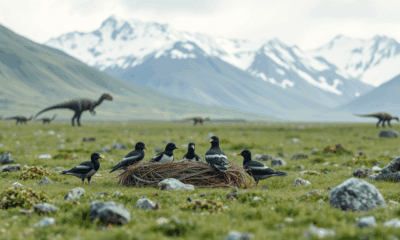

Spring in the Arctic brings forth a plethora of peeps and downy hatchlings as millions of birds gather to raise their young. The same was true...
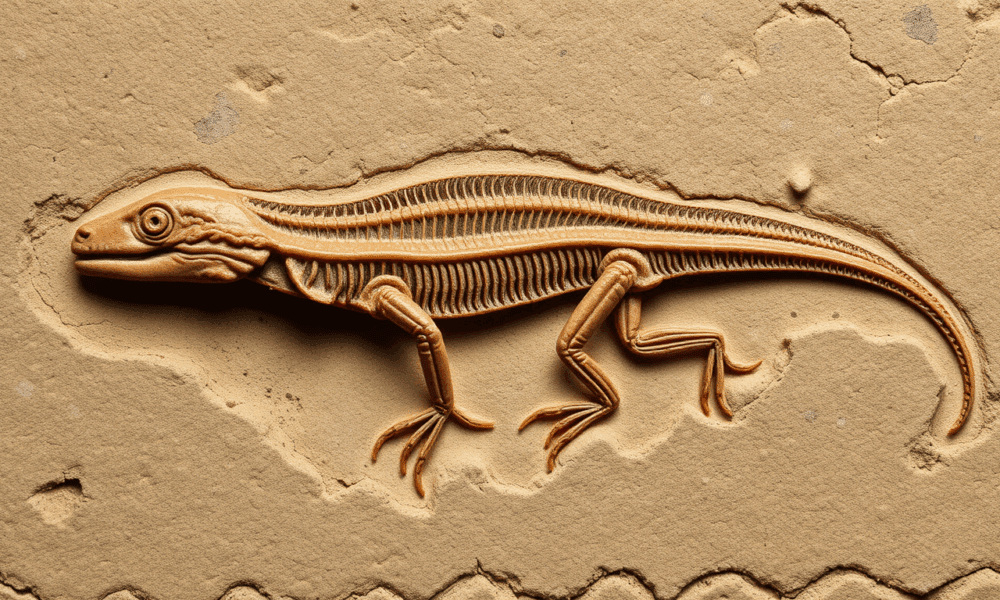
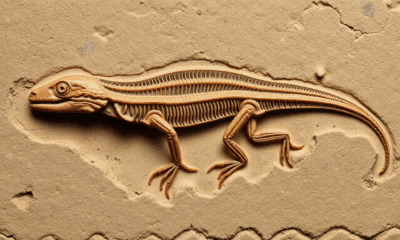

The fossils of ancient salamander-like creatures in Scotland are among the most well-preserved examples of early stem tetrapods -- some of the first animals to make...
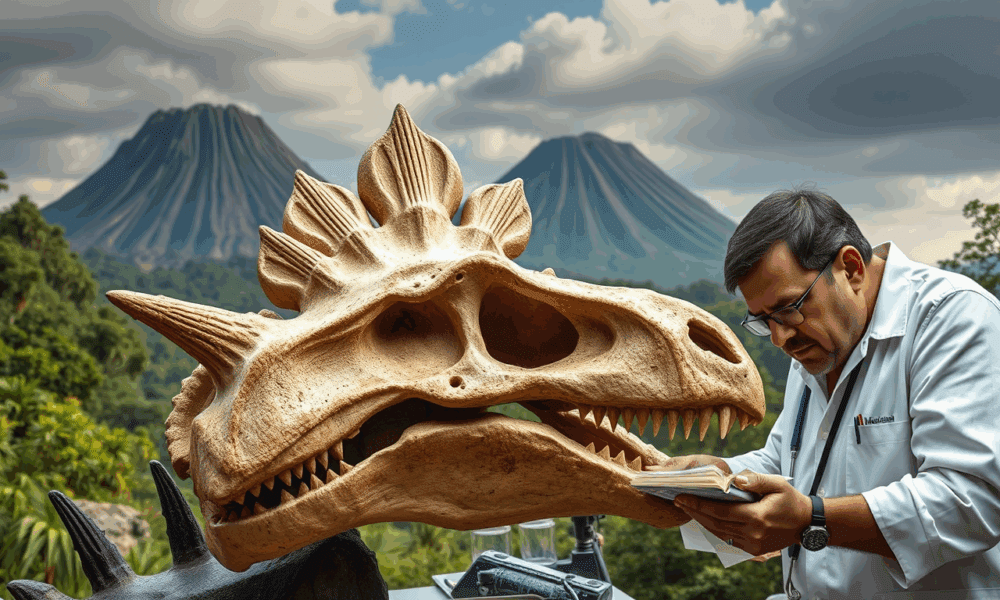
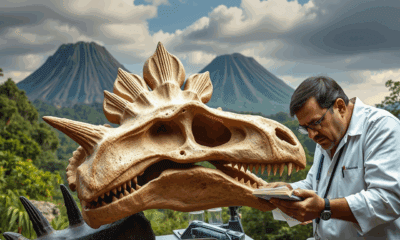

Palaeontologists have analyzed the most complete stegosaurian skull ever found in Europe and rewritten the evolutionary history of this iconic group of dinosaurs.
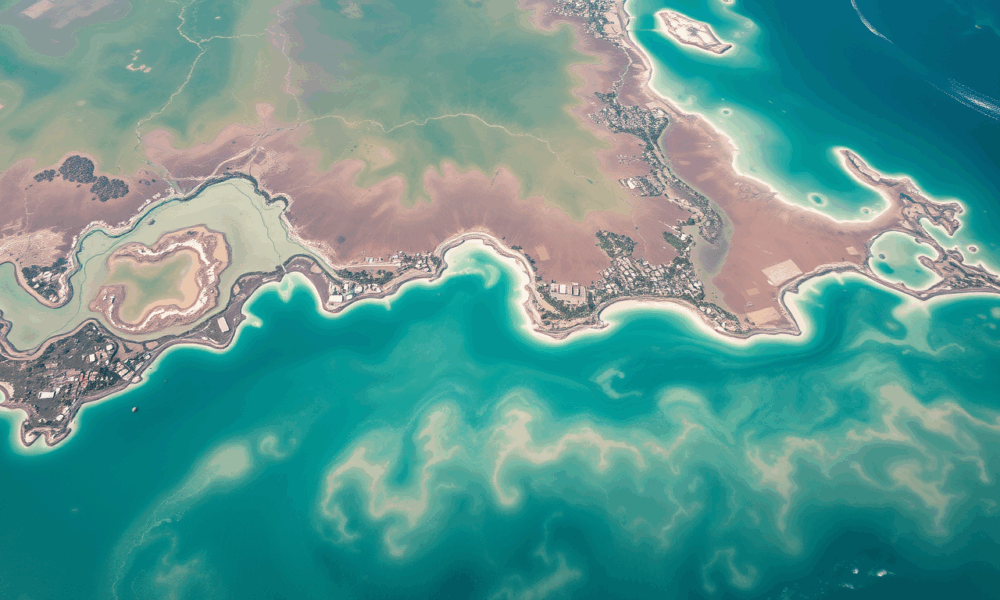
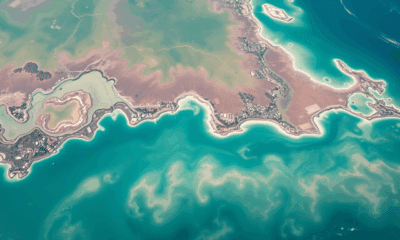

As sea levels climb and weather grows more extreme, coastal regions everywhere are facing a creeping threat: salt. Salinization of freshwater and soils adversely affects 500...
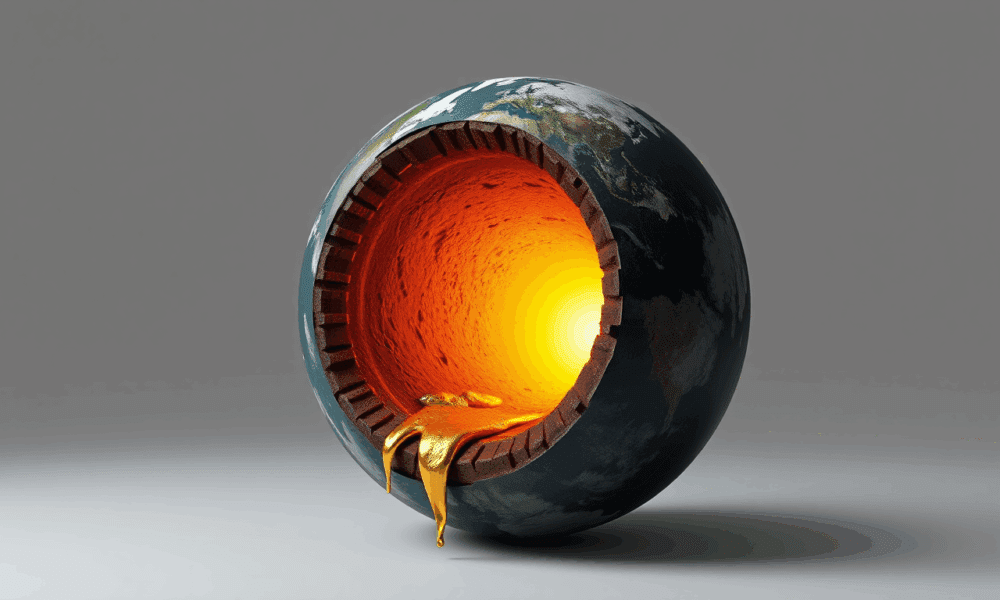


Earth's largest gold reserves are not kept inside Fort Knox, the United States Bullion Depository. In fact, they are hidden much deeper in the ground than...



Researchers look to extremes in the past to study how the system reacts to imbalances. They detail an overlooked mechanism for how the ocean can help...
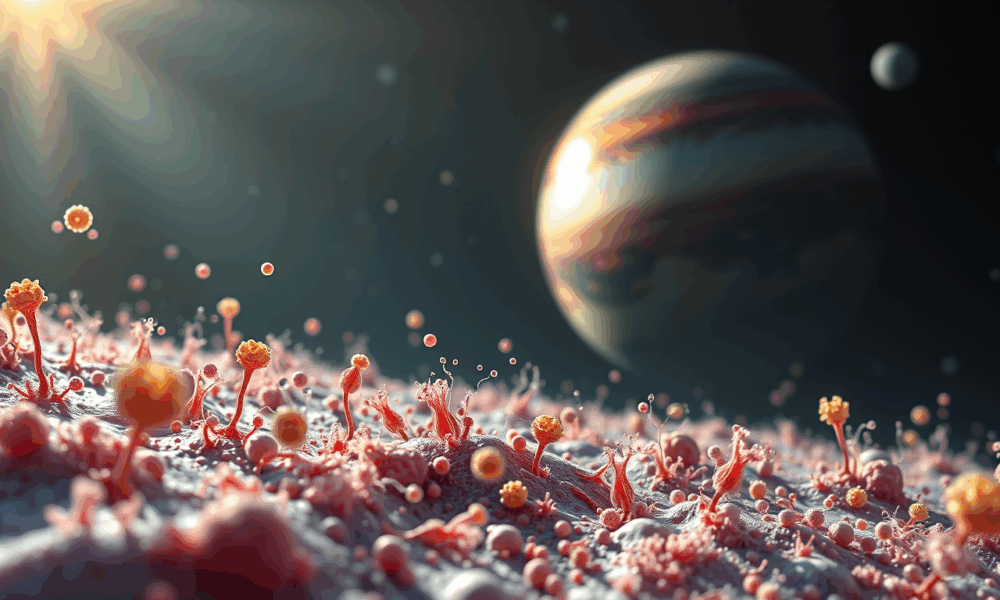
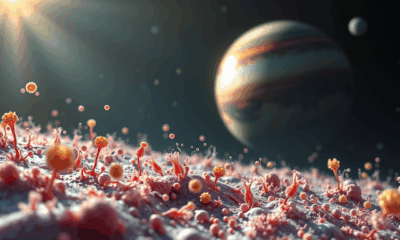

To better understand the circadian clock in modern-day cyanobacteria, a research team has studied ancient timekeeping systems. They examined the oscillation of the clock proteins KaiA,...
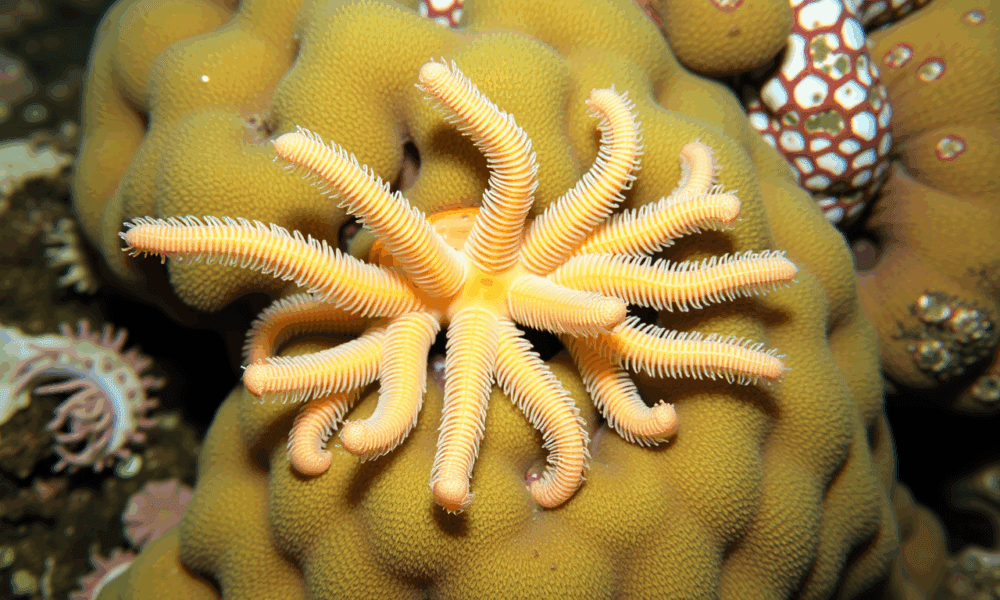
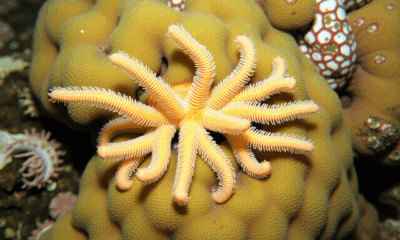

Scientists have uncovered the genetic underpinnings of one of the ocean's most bizarre animals: a branching marine worm named Ramisyllis kingghidorahi that lives inside sea sponges...
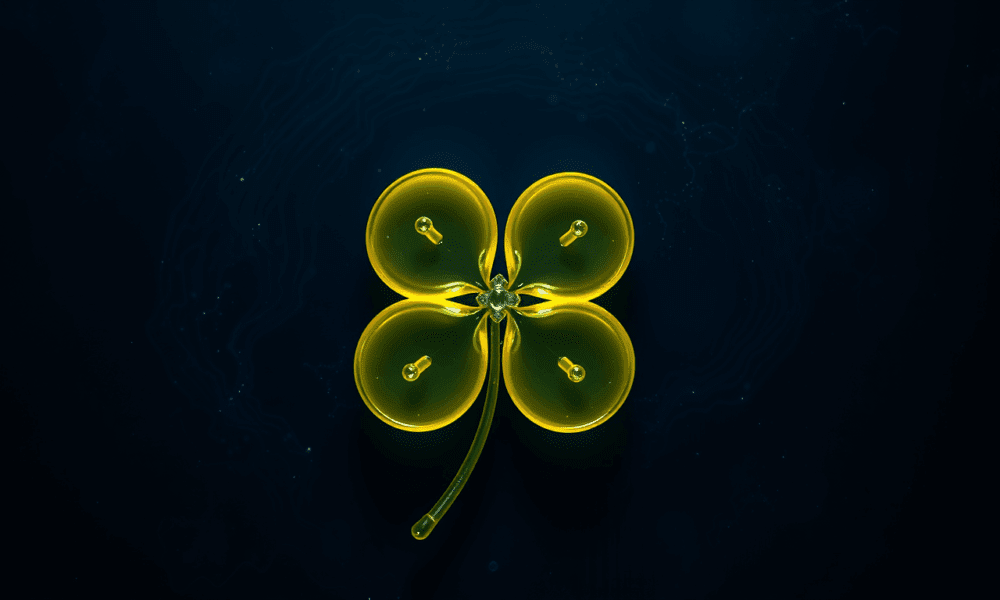
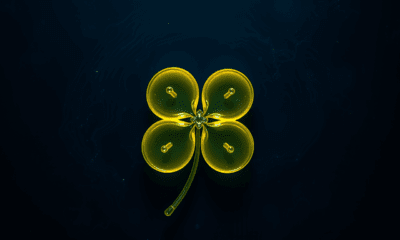

Scientists have decoded the atomic structure of Photosystem I from a 3-billion-year-old cyanobacteria lineage, offering a unique look at early oxygen-producing photosynthesis. The ancient nanodevice, purified...
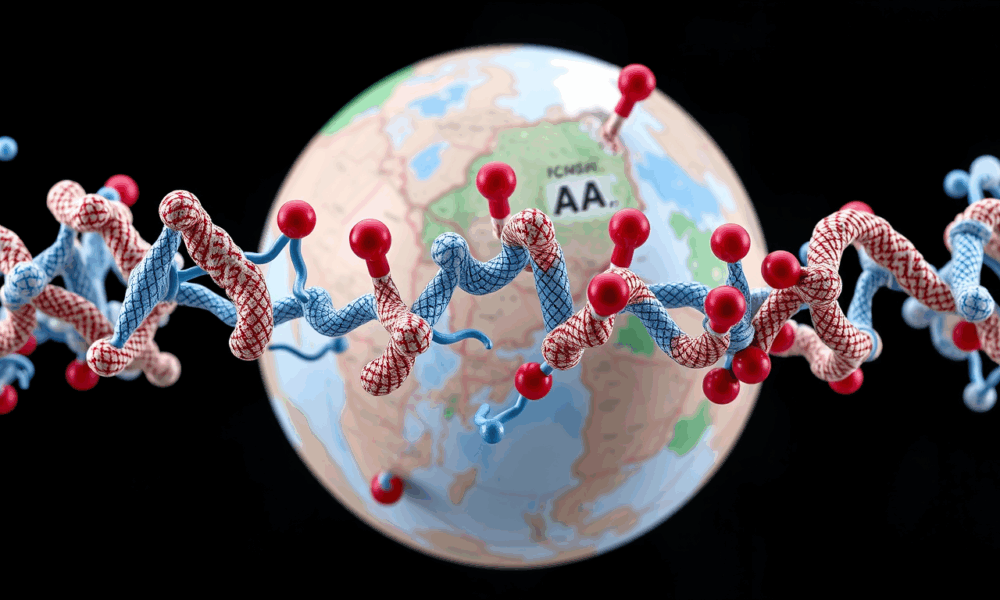
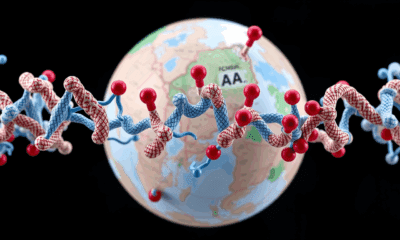

Taste, pain, or response to stress -- nearly all essential functions in the human body are regulated by molecular switches called G protein-coupled receptors (GPCRs). Researchers...